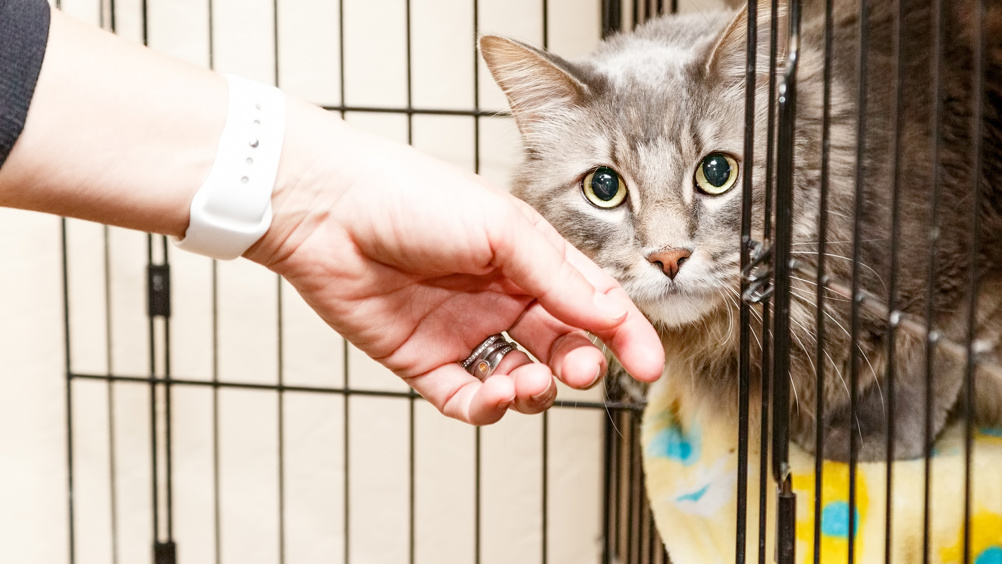Advances in veterinary care

Welcome to this issue of Companion Animal, my first as editor. This month's issue covers a wide range of topics, from technical veterinary procedures to useful information vets can provide their clients. From dog friendly clinics to the potential applications of artificial intelligence in imaging and diagnostics, there is plenty of interesting reading for any companion animal veterinarian wanting to improve welfare in their practice.
Dogs are one of the most popular pets in the UK – 11 million households are completed by a dog. Owners share very strong bonds with their animals, and as such try to make their pet's life as stress-free as they can. Veterinary visits can be a significant stressor for pups, so the collaborative scheme between the Dogs Trust and the British Veterinary Behaviour Association aims to lower canine stress levels associated with vet visits. Kate Main's review (p100) highlights key areas in which veterinary practices can make the experience they provide their canine patients better throughout the process, from pre-appointment through to consultation and treatment.
Register now to continue reading
Thank you for visiting UK-VET Companion Animal and reading some of our peer-reviewed content for veterinary professionals. To continue reading this article, please register today.

